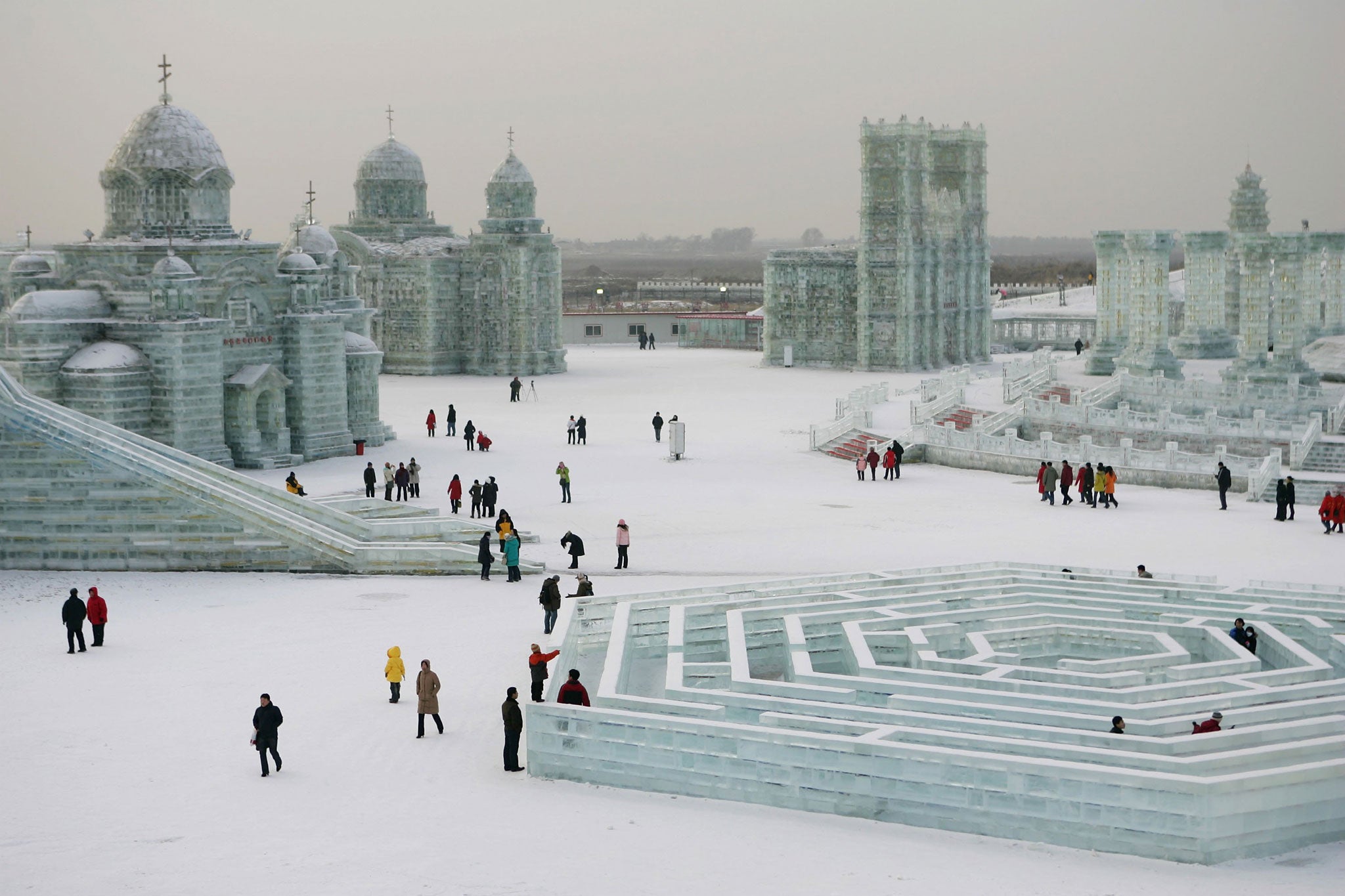Geo-engineering has the potential to destroy as well as preserve
The IPCC report has placed geongineering firmly on the agenda

Your support helps us to tell the story
From reproductive rights to climate change to Big Tech, The Independent is on the ground when the story is developing. Whether it's investigating the financials of Elon Musk's pro-Trump PAC or producing our latest documentary, 'The A Word', which shines a light on the American women fighting for reproductive rights, we know how important it is to parse out the facts from the messaging.
At such a critical moment in US history, we need reporters on the ground. Your donation allows us to keep sending journalists to speak to both sides of the story.
The Independent is trusted by Americans across the entire political spectrum. And unlike many other quality news outlets, we choose not to lock Americans out of our reporting and analysis with paywalls. We believe quality journalism should be available to everyone, paid for by those who can afford it.
Your support makes all the difference.A former Government chief scientist once told me that we should always have a Plan B ready in case Plan A doesn’t work – or doesn’t happen. He was speaking in relation to the possibility of “geo-engineering” the climate if it becomes obvious that global warming is beginning to tip irrevocably towards a potentially dangerous state.
He could only say this once he was out of office of course because the official Government view at the time – as it is now – was that “there is no Plan B” in relation to climate change, that the only conceivable way of avoiding dangerous global temperature increases in the future is to curb the production of greenhouse gas emissions now.
Geo-engineering is defined as the deliberate, large-scale intervention in the Earth’s climate system in order to limit undesirable climate change, but it is seen by many as a technical fix too far. At its most outlandish, geo-engineering envisages putting giant mirrors in space to deflect incoming solar radiation, but it also includes more benign interventions, such as solar powered “artificial trees” in the desert for soaking up carbon dioxide in the air.
Despite the official view of there being no Plan B, however, last week’s fifth report by the Intergovernmental Panel on Climate Change (IPCC) has placed geo-engineering firmly on the agenda – even if the scientific panel rather denigrates the idea as probably unworkable and potentially dangerous. Nevertheless, for some critics of geo-engineering the mere mention of the concept in such an official and high-profile publication is enough to see red.
Indeed, the Canadian-based ETC Group of environmentalists, perceived a Russian-led conspiracy to subvert the IPCC process. Russia had insisted on the addition of geo-engineering to the report and it is Russia where many geo-engineering projects are being tested, the ETC Group claims.
Before getting carried away with the inclusion for the first time of geo-engineering in an IPCC report, it is worth pointing out that the panel emphasises the inherent flaws of the proposals to counter rising temperatures. Deflecting sunlight with artificially created white clouds over the oceans, for instance, would do nothing to prevent the acidification of the oceans and, if it had to be stopped for any reason, global surface temperatures would soon rise again even higher than before.
In short, if we rely on a technical fix to combat climate change, rather than addressing the root problem, we could become addicted to the illusion that all is well when, in fact, all that we are doing is delaying the inevitable, while increasing the risk of some serious unintended consequences, which history tells us are never far away from big engineering proposals of this kind.
Take for instance the relatively small-scale geo-engineering project to divert the rivers running into the Aral Sea of the former Soviet Union. Half a century ago the Aral Sea was the fourth largest lake in the world with a thriving commercial fishery, but by 2007 it had declined to about 10 per cent of its original size, with fishing boats stranded in the middle of a toxic salt pan.
Soviet scientists diverted water from two rivers running into the Aral Sea to irrigate fields of cotton and other crops. But in the end they created a barren, dusty landscape where once there was a sea filled with wildlife. Toxins and salt blown from the Aral’s parched basement even threatened the very crops that the project was meant to generate.
So when some people talk about the possibility of “fixing” the climate with technological interventions rather than cuts in carbon dioxide emissions, let’s not forget history. Perhaps HM Government is right: there is no Plan B.
Carbon dioxide can be useful…
Talking of carbon dioxide, I have just returned from an interesting visit to the Czech Republic where health tourism, rather than being frowned upon, is positively encouraged.
What has this got to do with carbon dioxide, you may ask? Well one of the more curious, if not bizarre “medical” treatments you can buy is a dip in a dry bath of carbon dioxide. For 20 minutes or so you bathe everything below your waist (fully clothed) in an atmosphere of “natural” carbon dioxide pumped from underground sources.
It is said by those who sell it to cure a range of conditions and even acts like a dose of Viagra. Strictly in the interests of science I volunteered. I intend to publish my findings in a peer-reviewed scientific journal – that is if I can find one prepared to overlook my limited set of data points.
Join our commenting forum
Join thought-provoking conversations, follow other Independent readers and see their replies
Comments